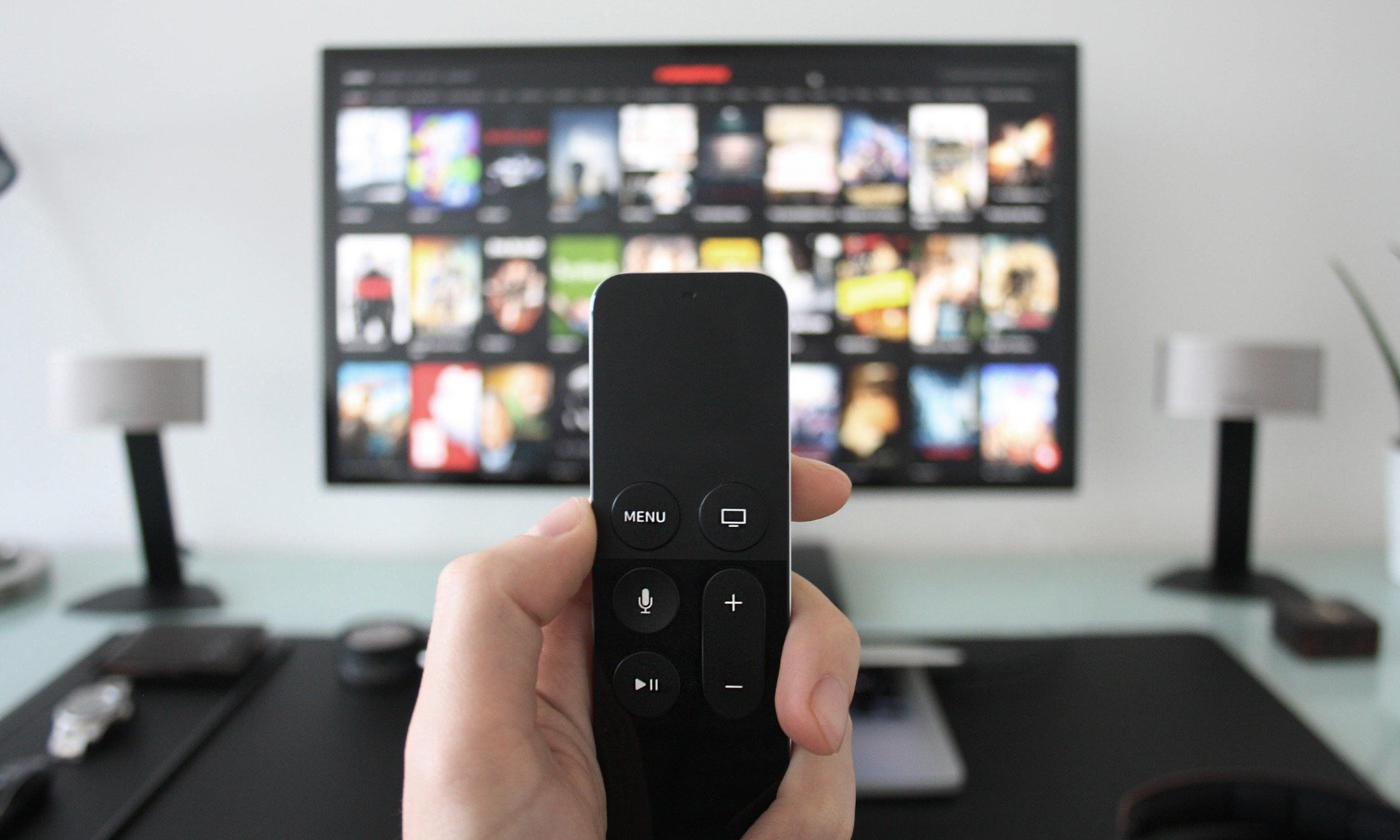Dan Ness, Principal Analyst, MetaFacts, September 14, 2022
Summary
Employees working from home have unique challenges in getting work done while often using personal and employer-provided devices. While seeking to balance their work and personal lives, they are also finding new ways to use their devices. A substantial share regularly does TikTok-type work – creating videos for work and personal purposes.
This MetaFAQs reports on the top 10 activities employees that work from home do with their connected devices: smartphones, computers, and tablets. It also identifies which activities are done more often than the average online adult.
Most employees rely on smartphones, stay productive with computers
- Around the world, most employees working from home use their connected devices to stay in touch, shop, have fun, and get work done
- They use their various and multiple devices differently
- Most use computers for their work-related activities
- Most employees use smartphones for photo-related social activities, personal phone calls, and shopping
- Computers are used for work email, collaboration, and writing
- Tablets, when used, are used for passive activities such as watching videos or movies





